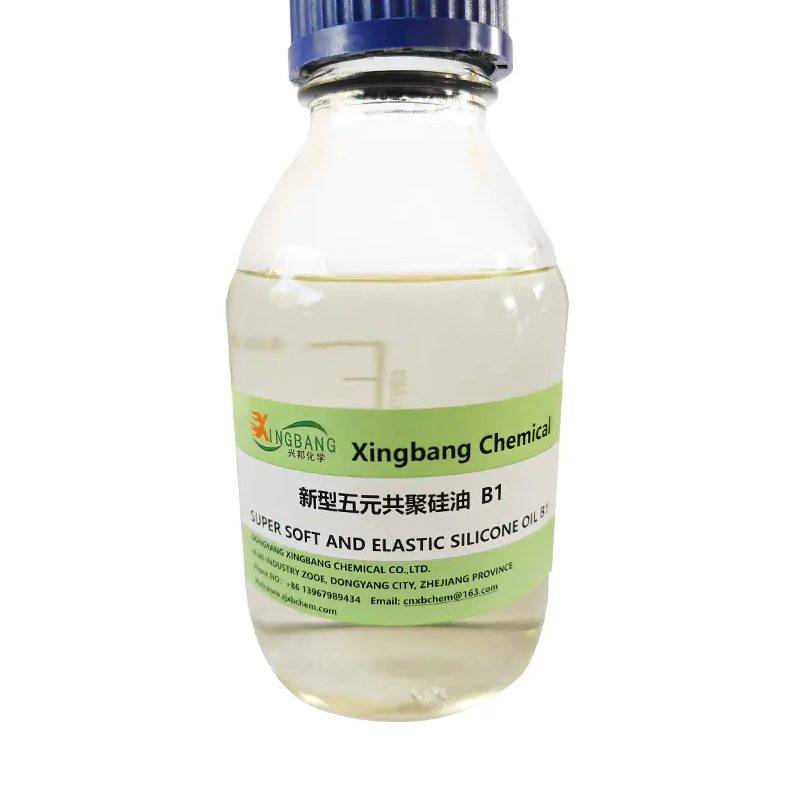Dye fixing agents are important in the textile industry, particularly for enhancing the permanence of color on fabrics. These agents work by chemically interacting with dyes, ensuring that they bond more effectively to the fibers. This bonding process significantly improves the dye's resistance to washing, light exposure, and other environmental factors, resulting in longer-lasting colors.
There are various types of dye fixing agents, including cationic, anionic, and non-ionic agents, each suitable for different dye classes and fiber types. Cationic fixing agents are typically used for anionic dyes on natural fibers, while anionic and non-ionic agents may be more appropriate for different combinations.
The effectiveness of a dye fixing agent depends on several factors, including the type of dye used, the nature of the fiber, and the application method. Proper application ensures uniform distribution and optimal bonding of the dye to the fabric. Additionally, these agents can contribute to other fabric properties, such as water resistance and increased softness.
Environmental considerations are also important when selecting dye fixing agents. Many manufacturers are now exploring eco-friendly alternatives to traditional agents, focusing on reducing environmental impact while maintaining effective dye fixation. The ongoing research in this area is vital for promoting sustainable practices within the textile industry.
In summary, dye fixing agents are essential for ensuring the durability and vibrancy of dyed fabrics. Their role in enhancing color fastness contributes significantly to the overall quality and longevity of textile products.



